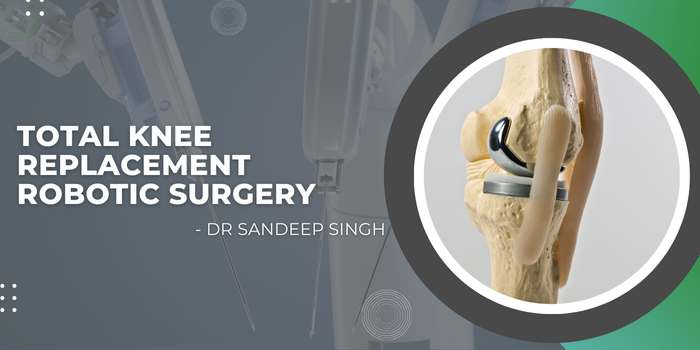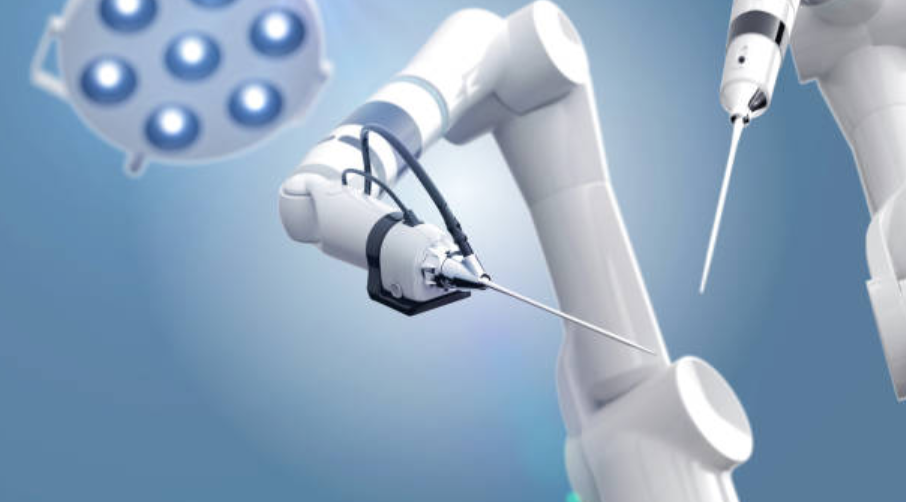
Dr. Sandeep Singh, a leading orthopedic doctor in Bhubaneswar, points to increased patient confidence in robotic-assisted procedures. “Robotic surgery enables more precise alignment and customization of knee replacements, directly correlating with enhanced function and longevity,” he says. As patients increasingly seek safer, more effective treatments, robotic assistance is becoming the first choice of treatment for knee replacement in Bhubaneswar and India alike.
What is Robotic-Assisted Total Knee Replacement Surgery?
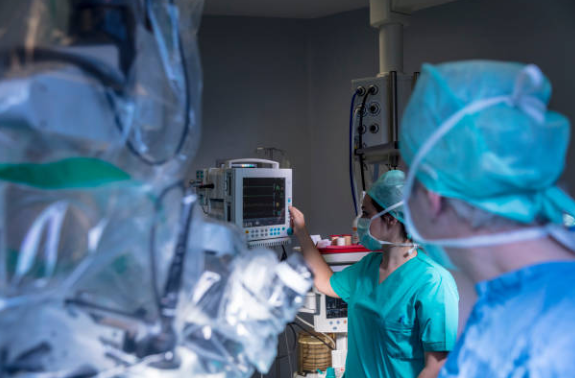
Total knee replacement robotic surgery involves the use of computer-guided robotic systems to assist orthopedic surgeons in performing total knee arthroplasty with enhanced precision. Unlike traditional surgery, which relies on manual measurements and surgeon experience alone, robotic systems create a 3D model of the patient’s knee for better planning and execution.
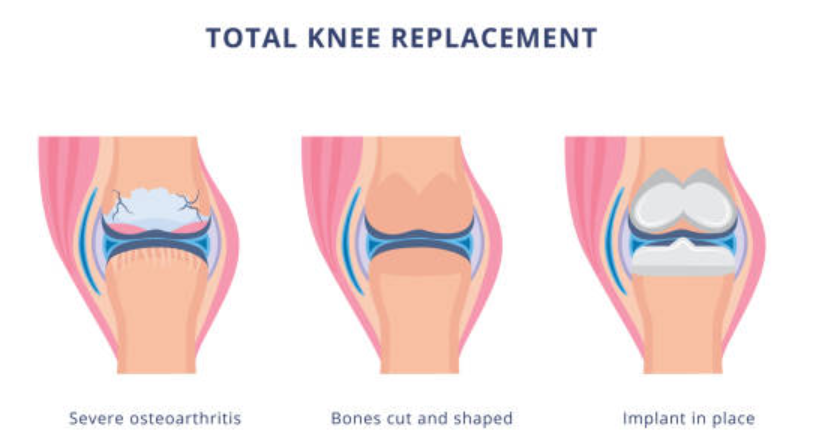
In this process, the robotic arm is not independently making decisions. Rather, it serves as an extension of the surgeon’s hand, offering real-time information and support. This guarantees the best possible alignment of the prosthetic components with minimal bone removal, which is utmost important for long-term success and joint function.
There are a variety of robotic systems employed worldwide, including MAKO and ROSA, both of which provide specialized functionality for enhanced precision and reduced soft tissue damage.
Curious about what makes it unique?
What Are the Benefits of Robotic Technology Compared to Traditional Knee Replacement?
The benefits of robotic knee replacement are many, particularly when compared with the conventional approach. This is how robotic-assisted technology is transforming patient results:
- Increased precision and accuracy
Robotic technology enables millimeter-level precision in the placement of the implant. Accurate alignment is important for joint stability and can go a long way toward eliminating the risk of early implant wear.
- Personalized surgical planning
Through 3D modeling, the technology maps the patient’s anatomy and allows the surgeon to customize the procedure to the specific joint structure. This degree of personalization is not achievable with standard surgery.
- Minimally invasive method
Less tissue disruption during surgery translates to less post-surgical pain and quicker recovery.
- Lower chance of complications
Greater surgical accuracy minimizes the risk of infection, nerve injury, and blood loss.
- Quicker recovery time
Most of the patients who have robotic knee replacement have a faster return to their everyday activities, thanks to improved outcomes from the surgery.
Dr. Sandeep Singh says, ” Patients are often surprised at how quickly they can walk and resume normal activities after robotic surgery. The minimized trauma to adjacent tissues is a key factor.”
Here’s what you can expect after the surgery.
What Should I Expect During Recovery After Robotic Knee Replacement Surgery?
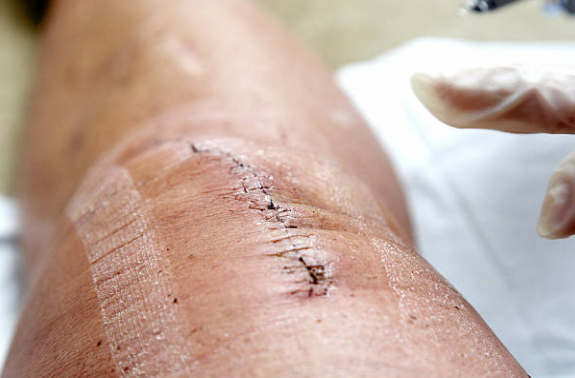
Recovery after robotic total knee replacement surgery is typically smoother and faster than with conventional methods. Individual experiences might vary depending on age, health, and following post-op instructions.
Hospital stays
The average stay for most patients is 2–3 days after surgery. Mobilization is prompt, sometimes within 24 hours.
Pain management
Advanced pain management strategies, such as nerve blocks and anti-inflammatory drugs, work to keep discomfort to a minimum.
Physical therapy
This begins right away and is important in the recovery process to regain strength and mobility. Patients usually walk with assistance on the same day or the following.
Return to activities
Most patients can resume light activities such as walking, going up stairs, and light home duties by 6–8 weeks.
Follow-up appointments
Follow-up appointments help track proper positioning of the implant and recovery.
Check out tips for quick recovery.
Are There Specific Precautions or Exercises to Follow After Robotic-Assisted Surgery?
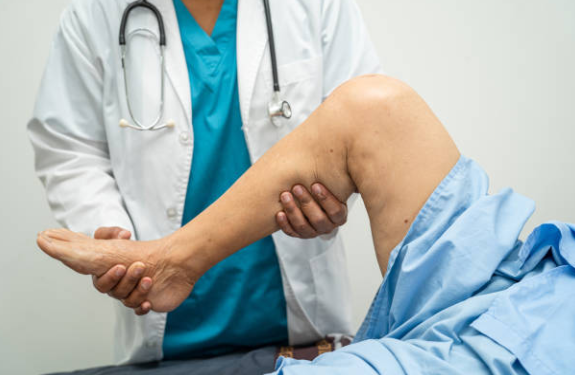
Specific protocols assist in providing optimal recovery following robotic knee replacement. Disregarding post-operative guidelines may cause setbacks, and thus it is important to adhere to instructions customized by your surgeon or physiotherapist.
Necessary precautions:
- Avoid high impact activities like running or jumping.
- Avoid twisting or pivoting on the operated limb.
- Take care of the wound to prevent infection.
- Refrain from sitting cross-legged or squatting during the initial few months.
Recommended exercises:
- Ankle Pumps – Enhance circulation and minimize swelling.
- Quadriceps Sets – Strengthen muscles in front thigh.
- Straight Leg Raises – Promote hip and knee functioning.
- Heel Slides – Enhance knee range of motion.
- Walking Aids –Use a walker or crutches in the starting.
Your physiotherapist will slowly introduce more complex movements. Adherence to these exercises is essential for the recovery of flexibility and strength.
Conclusion
Robotic surgery for total knee replacement provides an advanced solution to long-term knee problems, with advantages spanning from enhanced precision to accelerated recovery. Patients requiring knee replacement in Bhubaneswar can now experience world-class care through robotic technology under trained experts such as Dr. Sandeep Singh, a prominent orthopedic surgeon in Bhubaneswar. The use of robotics in joint replacement surgery represents a step forward in orthopedic medicine—one that holds the promise of improved outcomes and enhanced quality of life.

